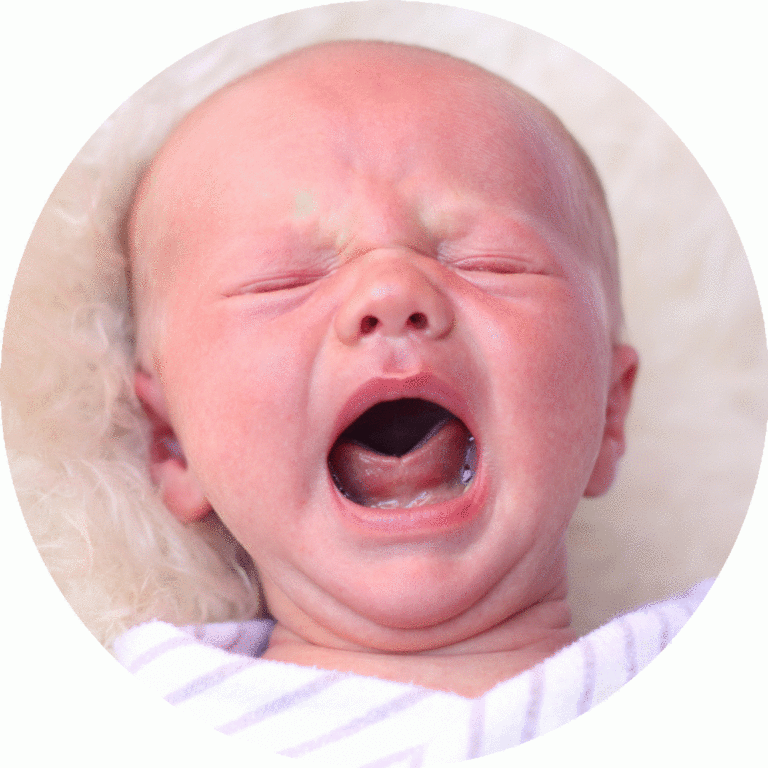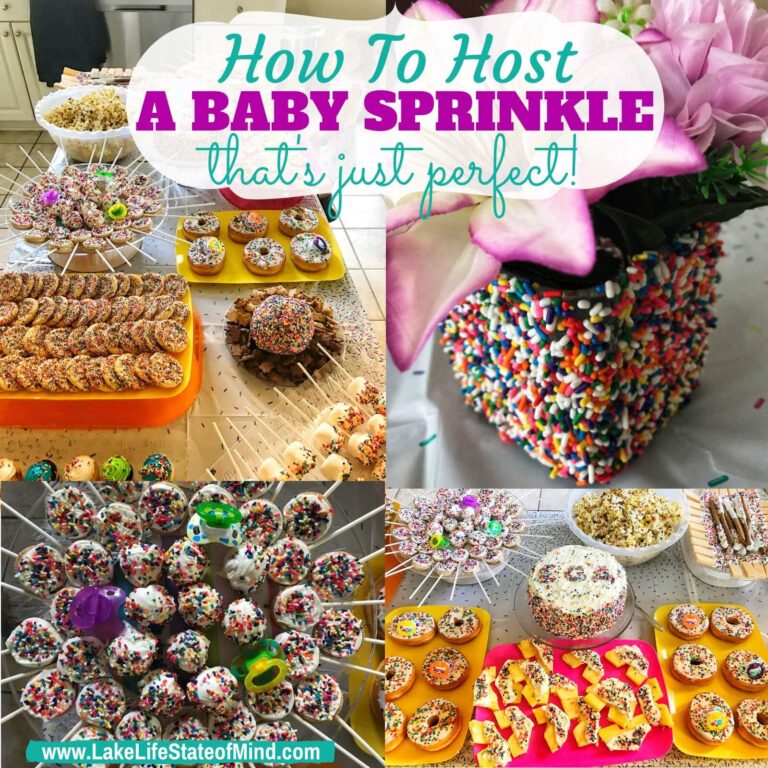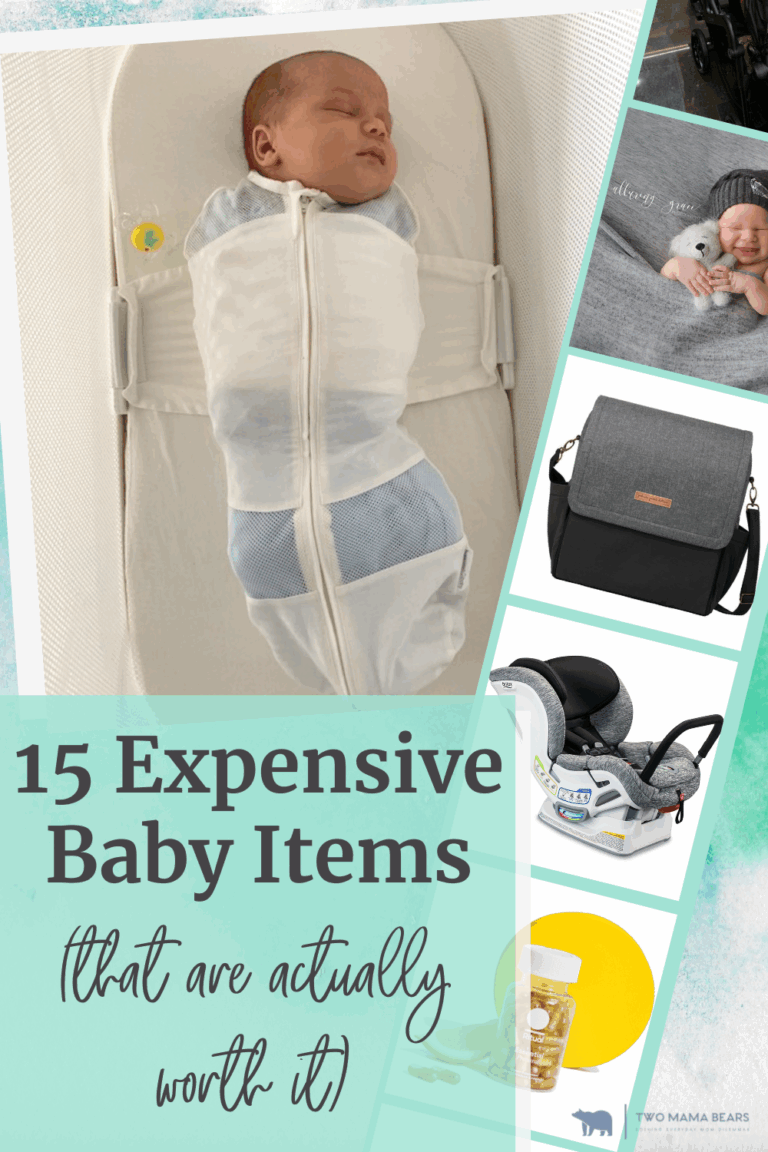Piercing Baby’s Ears: A Controversial Decision
Deciding whether or not to pierce a baby’s ears is a topic that often sparks debate among parents, healthcare professionals, and society in general. While some see it as a harmless cultural tradition or a way to enhance a baby girl’s appearance, others argue that it is unnecessary and can pose risks to the child’s health. In this article, we will delve into the various aspects of piercing baby’s ears, including the process, potential risks, benefits, and cultural considerations.
Knowledge
When it comes to piercing a baby’s ears, there are several important factors to consider. First and foremost, it is crucial to ensure that the procedure is performed by a trained professional using sterile equipment. This helps minimize the risk of infection and other complications. Additionally, it is essential to wait until the baby is old enough to communicate her own preferences regarding the piercing.
One of the main concerns surrounding piercing baby’s ears is the potential pain and discomfort that the child may experience during and after the procedure. While some babies may cry or show signs of distress, others may not be bothered at all. It is important for parents to be prepared for the possibility of discomfort and to provide appropriate care and support to their child during the healing process.
In terms of benefits, some parents believe that piercing a baby’s ears can help define their cultural or familial identity. In certain cultures, ear piercing is a common practice that symbolizes tradition, femininity, or social status. Others view it as a way to enhance their baby’s appearance or to celebrate a special occasion such as a religious ceremony or holiday.
On the other hand, opponents of piercing baby’s ears argue that the procedure is unnecessary and can lead to potential risks such as infection, allergic reactions, or scarring. They believe that children should have the autonomy to make decisions about their own bodies when they are old enough to do so. It is also worth noting that some healthcare professionals advise against piercing a baby’s ears due to the risk of complications.
Conclusion
In conclusion, the decision to pierce a baby’s ears is a personal one that should be made carefully and thoughtfully. It is important for parents to weigh the potential risks and benefits of the procedure and to consider the child’s well-being above all else. While some may view ear piercing as a harmless and cultural practice, others may see it as unnecessary and potentially harmful.
Ultimately, the key strengths of piercing baby’s ears lie in the cultural significance and aesthetic appeal that it may hold for some families. However, it is essential to prioritize the child’s safety and comfort throughout the process. The target audience for this article includes parents, caregivers, and individuals who are considering piercing their baby’s ears or who want to learn more about the topic.
In the grand scheme of things, the decision to pierce a baby’s ears may seem insignificant compared to other parenting choices. However, it is a decision that can have lasting implications for the child’s health, well-being, and sense of identity. By understanding the risks and benefits associated with ear piercing, parents can make an informed choice that aligns with their values and beliefs.






